Beginners’ Guide to Grow Lights: Things to consider before buying
Previous PostHome gardeners across India are getting increasingly passionate about growing their own veggies and herbs at home. The joy of harvesting your own tomatoes, chillies, beans, basil and microgreens right in your kitchen or balcony is a rewarding experience.
However, when it comes to home gardening, the availability of natural sunlight is not always consistent, especially during the cold winter days. Moreover, there are many balconies and apartments that do not get proper sunlight for plant growth.
This is where grow lights come into play. In addition to this, a lot of young Indian entrepreneurs are exploring the life of becoming an agripreneur, growing and supplying fresh salad greens, herbs and microgreens to restaurants, cafes, hyper stores etc. That’s why, we get a lot of queries about the right kind of grow lights that will work for their setup. We’ve tried to answer these questions in this comprehensive beginners’ guide so that you can purchase the best grow lights for your requirements.
How Grow Lights Benefit Your Plants During Winter

Three main benefits of installing grow lights in your indoor garden are:
1. Consistent Light Source: During the winter, the days are shorter, and natural sunlight is often limited. Moreover, if you are growing your greens hydroponically, you need a good light source to germinate and grow your seed. Grow lights provide a consistent and controlled light source for your plants, ensuring they receive the necessary light for photosynthesis.
2. Extended Growing Season: With grow lights, you can extend your gardening season well into the winter months and even grow selected off-season produce. This means that you can keep harvesting fresh greens even when outdoor conditions are less than ideal.
3. Optimal Growth: Grow lights emit the specific wavelengths of light that plants need for growth. This targeted light spectrum promotes healthy development, leading to robust and thriving plants.
Kitchen Garden Greens Prone to Light Deficiency

Some varieties of vegetables and herbs are more susceptible to light deficiencies, and they can greatly benefit from the use of grow lights. Here are some examples:
- Leafy Greens: Lettuce, spinach, kale, and Swiss chard.
- Herbs: Basil, cilantro, parsley, and mint.
- Fruiting plants: Fruiting plants like tomatoes, brinjals etc. need plenty of light for fruit production, making grow lights essential during the winter.
What to Consider When Purchasing Grow Lights

When shopping for grow lights, keep the following factors in mind:
- Light Spectrum: Ensure the grow lights provide a full spectrum of light, including blue (for vegetative growth) and red (for flowering and fruiting). LED lights are known for their ability to provide the ideal spectrum.
- Wattage: The wattage of the grow light will determine its intensity. Consider the size of your growing area and the light requirements of your plants when selecting the appropriate wattage.
- Energy Efficiency: LED grow lights are energy-efficient and have a longer lifespan than other types of lights, making them a cost-effective choice in the long run.
- Heat Output: Some grow lights can generate a lot of heat, which may require additional cooling systems. Opt for lights that emit minimal heat to prevent damage to your plants.
- Coverage Area: Make sure the grow lights can cover the entire growing area evenly. This prevents uneven growth and ensures all plants receive adequate light.
Types of Grow Light Explained

There are several types of grow lights available, each with its own set of advantages and disadvantages. Let's explore the three most common types:
- LED Grow Lights: LED (Light Emitting Diode) grow lights have gained popularity for their energy efficiency and versatility. They emit the full spectrum of light needed for plant growth, are long-lasting, and generate minimal heat. LED grow lights are an excellent choice for urban kitchen gardens.
- Halogen Grow Lights: Halogen lights are less common in modern indoor gardening setups due to their higher heat output and energy consumption. They are not as energy-efficient as LEDs and can be less cost-effective in the long term.
- Fluorescent Grow Lights: Fluorescent lights, particularly T5 and T8 tubes, are suitable for smaller plants and seedlings. They are energy-efficient but may not provide enough light intensity for larger plants or flowering stages.
What Can and Cannot Grow Without Direct Sunlight

Certain vegetables, herbs, and microgreens thrive under grow lights, while others require direct sunlight. Here's a breakdown:
Best Grown Under Grow Lights:
- Leafy Greens: Lettuce, kale, spinach, and Swiss chard.
- Herbs: Basil, cilantro, parsley, mint, and chives.
- Microgreens: All varieties
- Cherry Tomatoes: Cherry Tomatoes can grow indoors with sufficient light and proper care but need a larger set-up and powerful grow lights.
- Peppers: Bell peppers and chillies can also thrive under grow lights.
Require Direct Sunlight:
- Root Vegetables: Carrots, potatoes, and beets typically need more sunlight and may not do well solely under grow lights.
- Fruit Trees: Trees like citrus, apple, and mango require a lot of sunlight and are not suitable for indoor gardening without access to natural light.
- Brassicas - Since almost all larger brassicas need direct sunlight of about 6-8 hours to form curds and heads, they might not perform well in indoor environments.
In conclusion, grow lights are valuable tools for urban kitchen gardeners in India, especially during the winter months when natural sunlight is limited. They provide consistent light, extend the growing season, and promote optimal plant growth. When purchasing grow lights, consider factors like light spectrum, wattage, energy efficiency, heat output, and coverage area. LED grow lights are often the best choice due to their efficiency and versatility. Experiment with different plants to discover which thrive under grow lights and enjoy the benefits of fresh, homegrown produce year-round. Happy gardening!





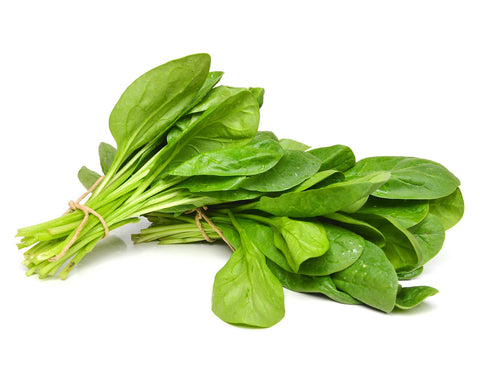
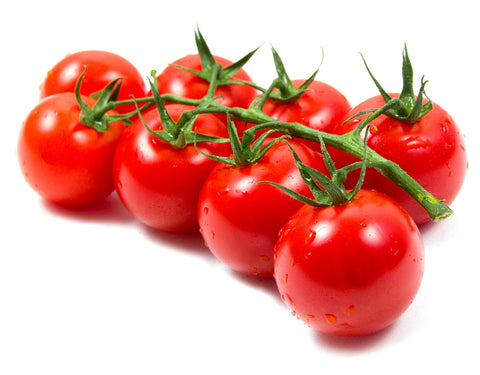
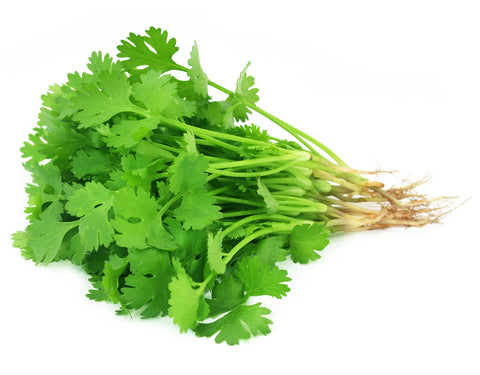
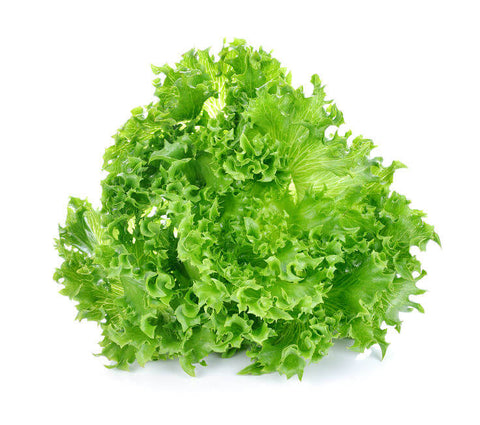
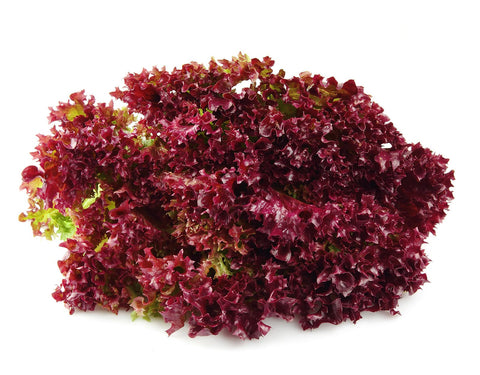
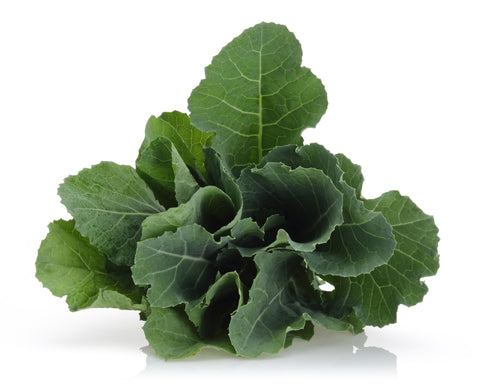
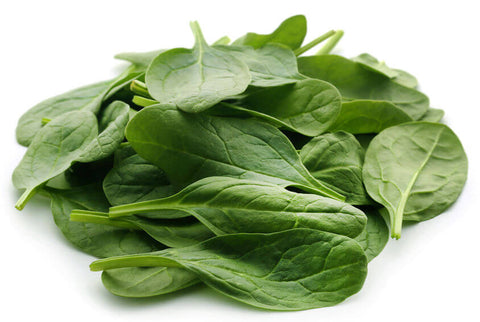
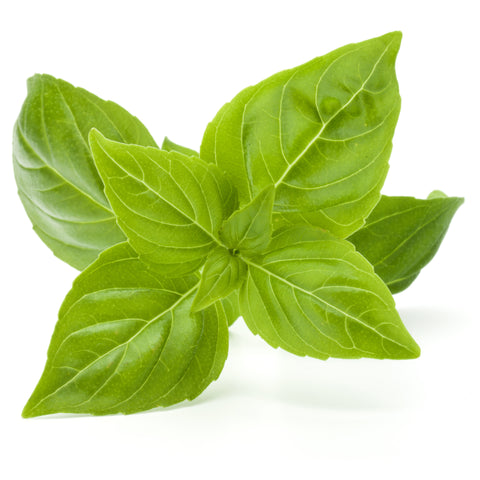

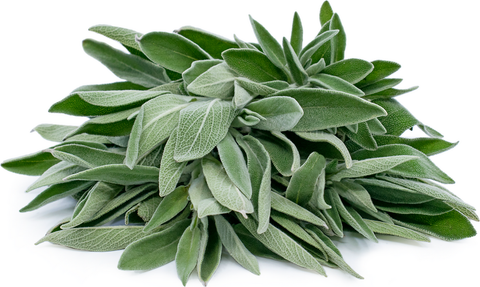
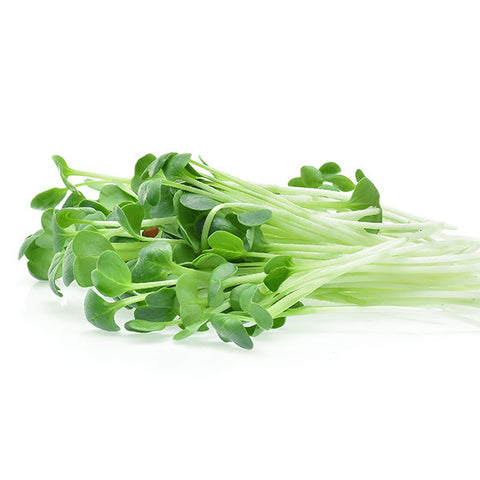

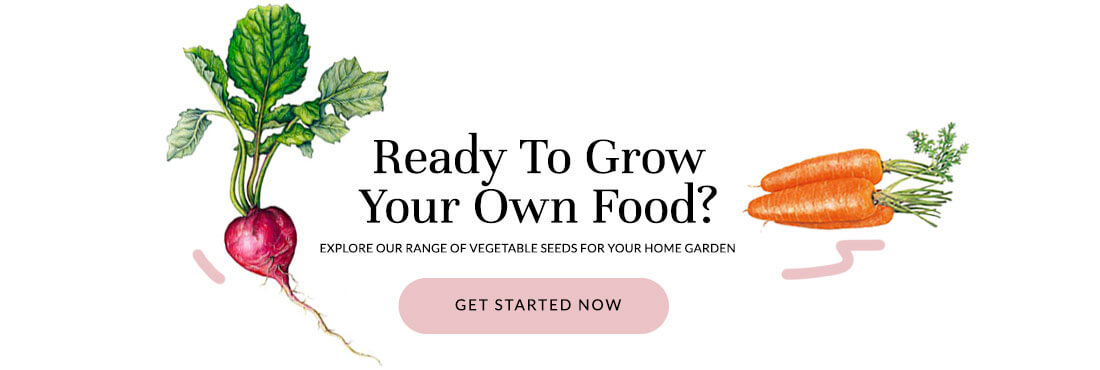

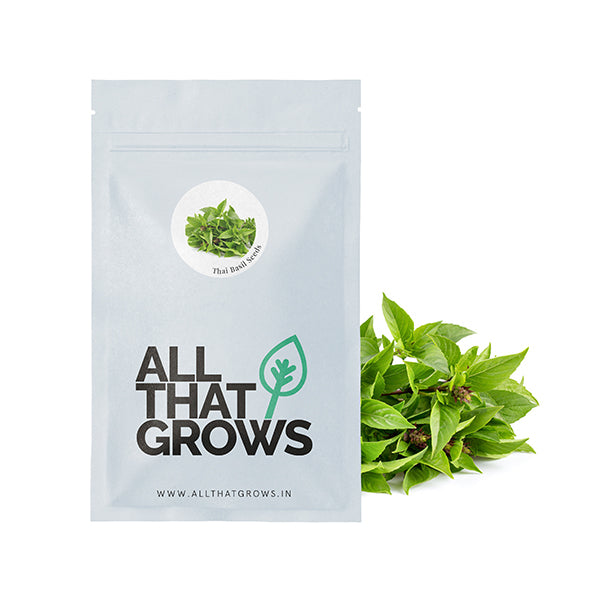
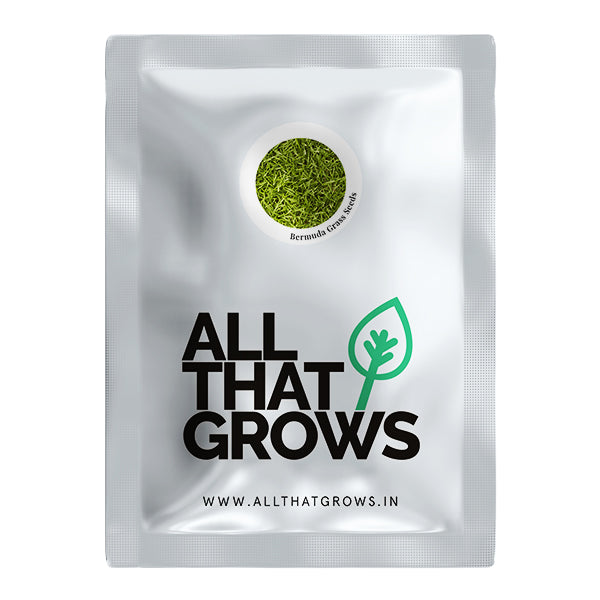
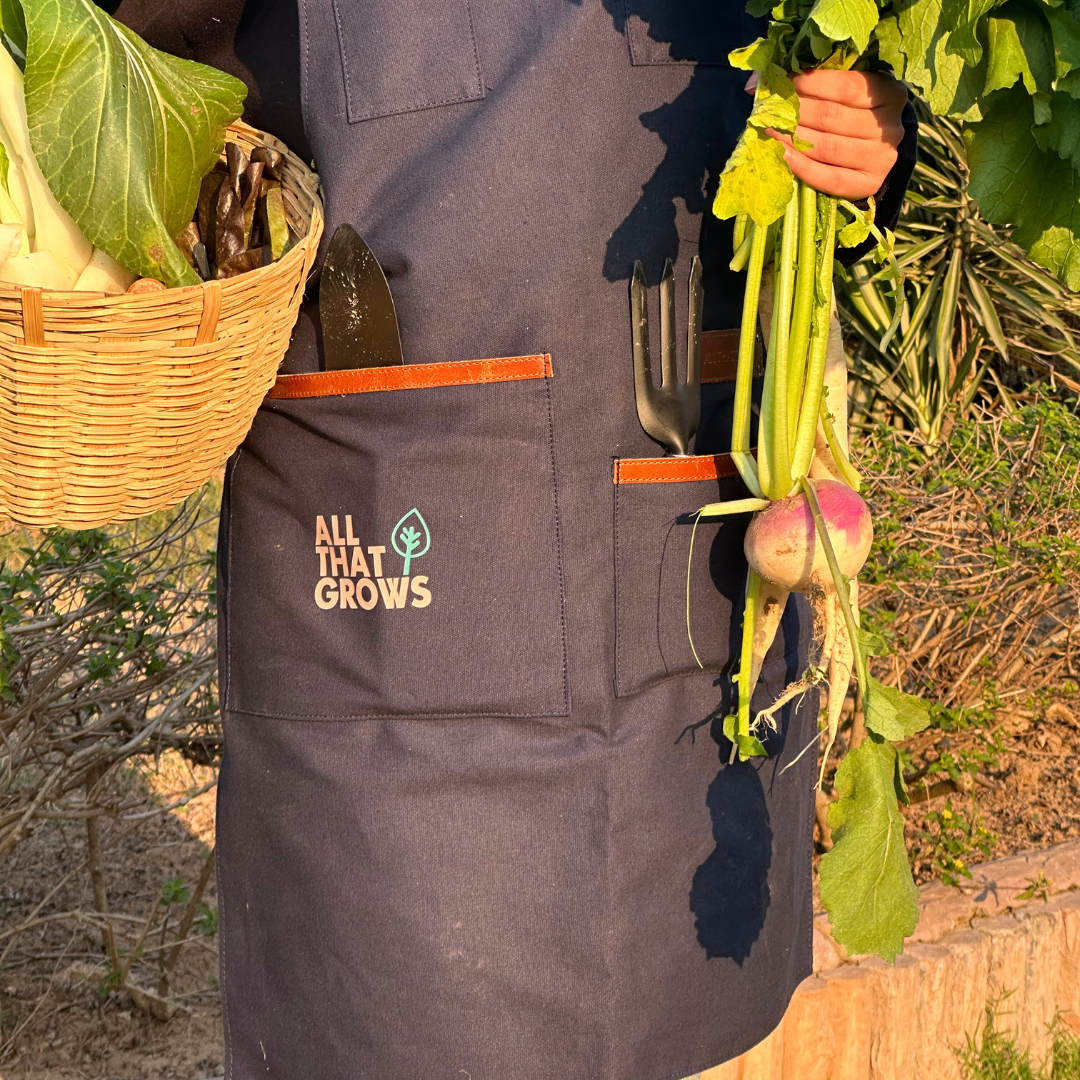

Leave a comment